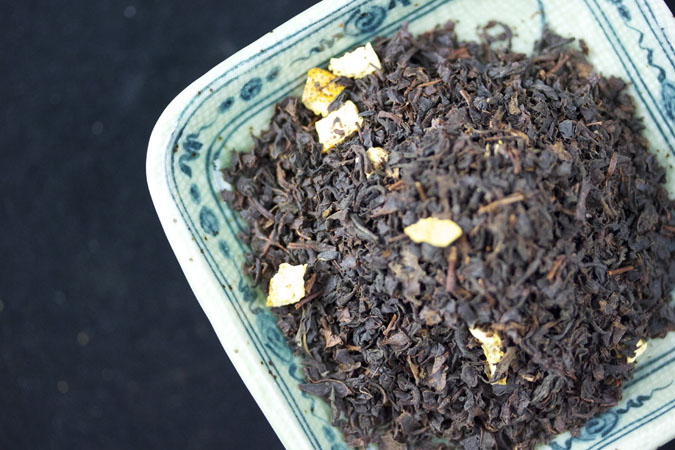 After water, tea is the world’s most widely consumed beverage.
After water, tea is the world’s most widely consumed beverage.
Tea originated in Asia, in the Himalayas where India and China meet. It has been drunk for more than 2000 years, and before that, the leaves were chewed. Cakes were formed of tea leaves and fat, and carried as sustenance on long journeys.
This FAQ covers the basic questions about tea.
What is tea?All tea plants are varietals of the species known as Camellia sinensis, an evergreen of tropical and subtropical climates. The leaves are plucked and dried. Fermentation and the drying process determine their flavor style – as white, green, black, oolong, or pu-erh – and reflect different levels of oxidation. To make the beverage we know as tea, leaves are steeped in hot or boiling water. Most plants are trimmed into shrubs for easy plucking of the leaves, but they can reach tree height. Herb teas and other steeped infusions are not true teas, but are more accurately known as tisanes.
How much caffeine does tea yield? Tea contains 1-5% caffeine by dry weight, with traces of theophylline and theobromine, which are stimulants related to caffeine. (Caffeine in tea used to be called theine, but they are now known to be the same.) As with coffee, the growing, processing, and steeping methods impact the amount of caffeine in the cup. Most caffeine is extracted in the first minute of steeping, but longer steeping also yields more caffeine. For this book, we use 35 mg of caffeine per cup of tea, but caffeine in tea can range from 15 to 70 mg.
Where is tea grown? China and India produce nearly half of the world’s tea (and are the largest consumers). The other half comes mainly from, starting with the largest supplier, Kenya, Sri Lanka, Turkey, Vietnam, Iran and Indonesia, with some from Argentina and Japan as well.
What else does tea contain? Like coffee, tea contains hundreds of chemical compounds, including minerals and vitamins. Tea’s polyphenols, a source of antioxidants, protect cellular damage and provide health benefits. Unlike coffee, tea contains theanine, an amino acid thought to act as a neurotransmitter, and which produces feelings of relaxation despite the buzz of caffeine. Catechins in green tea are believed to prevent some cancers.

Hi Kate,
I like your simple explanation of caffeine in tea, it makes a refreshing change, if you excuse the pun 🙂 It seems to one of the most frequently asked questions about tea. Great article.
Ken